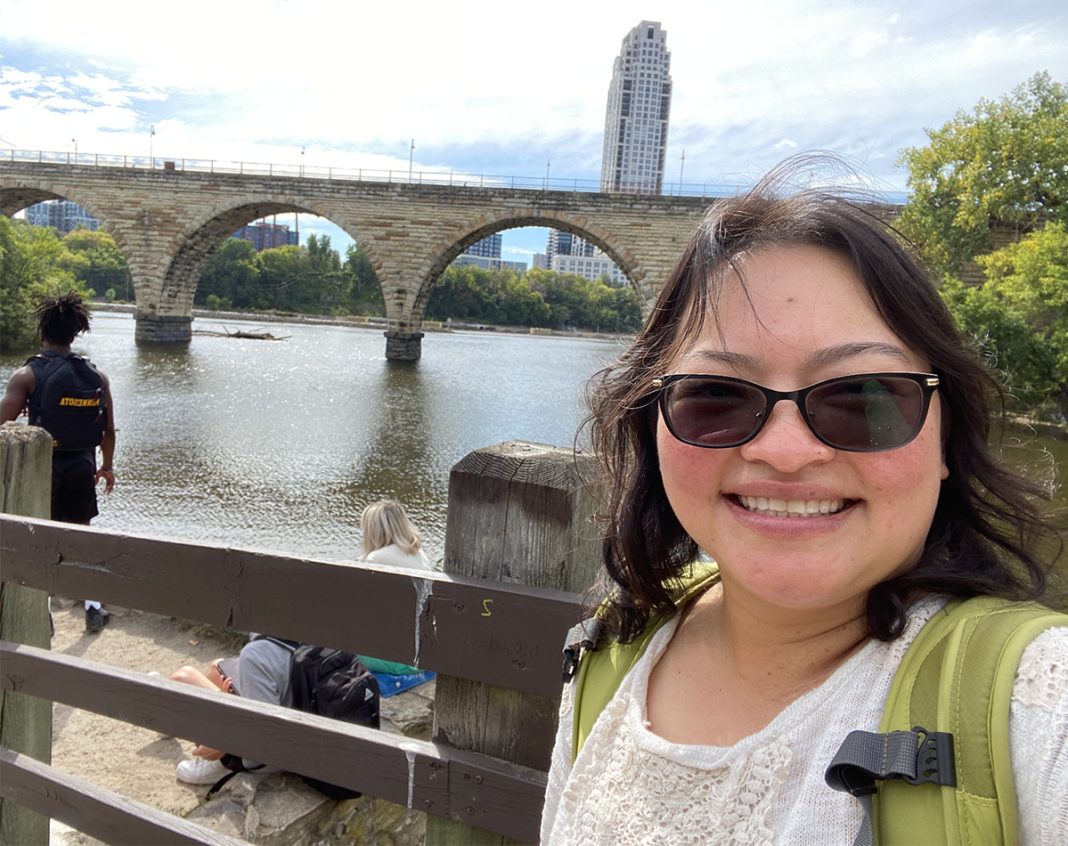“Okay class, let’s discuss the geological formation at Minnehaha Falls.” This is how I would begin a typical lesson in my environmental science course at the University of Minnesota. The students and I would walk down the winding stairs to reach the waterfall. I would point out the different species of plants and have the students keep an eye out for signs of wildlife. We would discuss the concepts of ecotones and erosion. If we were lucky, we’d be able to see bald eagles or a family of hawks soaring over us. After reaching the Mississippi river, we would conclude with a biodiversity survey to understand the health of a habitat and ecosystem.
However, as I continued to teach this course, I wanted to make it more meaningful to students. I had to take a step back and practice backwards design, keeping in mind the purpose and goal of this course, beyond the standard curriculum. Ultimately, I wanted my students to be knowledgeable stewards of the land they occupy, both locally and globally. We are experiencing a climate crisis that impacts everyone, everywhere. I’ve updated my course to include a portion where students take one result of climate change and explore the impacts it has on the environment and the wellbeing of all (plants, animals, humans) that occupy it. For example, students may read about how climate change leads to a worldwide increase in temperatures, but this may not feel relevant to them. But when they connect increased temperatures to a decrease in pollinators, they understand how it is detrimental for agriculture and farming. Or how increased temperatures are proportionately connected to occurrences of natural disasters (droughts in some areas and floods in others). Or how increased temperatures can lead to an increase in human infections and diseases. Once we can see the connection and relevance, our understanding and views must change.

This course now culminates in a capstone project where students pick a park within the Twin Cities that they want to learn more about. They identify issues the park faces and propose socially responsible and culturally sensitive management practices to help conserve biodiversity for future generations. I fondly refer to their capstone project as “lessons not taught but discovered.” I can’t teach students to care about the environment; it is something that they must discover through being there physically, observing and identifying issues their park faces, and critically coming up with solutions to rectify these issues. I can tell that students really enjoy completing this project: they work hard to come up with potential solutions to keep their park sustainable for future generations and even make beautiful videos about the parks. It’s a great feeling when the teacher-student role reverses and I learn so much more about the parks and the unique talents that my students bring to the class. This brings to mind a quote by Steve Irwin: “If we can teach people about wildlife, they will be touched… Because humans want to save things that they love.”
Cuc is a Climate Generation Window Into COP delegate for COP29. To learn more, we encourage you to meet the full delegation, support our delegates, and subscribe to the Window Into COP digest.

Cuc (pronounced “Cook”) Vu is a graduate student in the STEM Education program at the University of Minnesota. Her research interest involves examining the phenomena behind inequities in representation of marginalized populations in STEM disciplines. Her favorite class to teach is “Nature in the Cities”, an environmental science course that focuses on science and conservation of biodiversity in the Twin Cities. This course covers the importance of socially responsible and culturally sensitive interventions to environmental problems.


